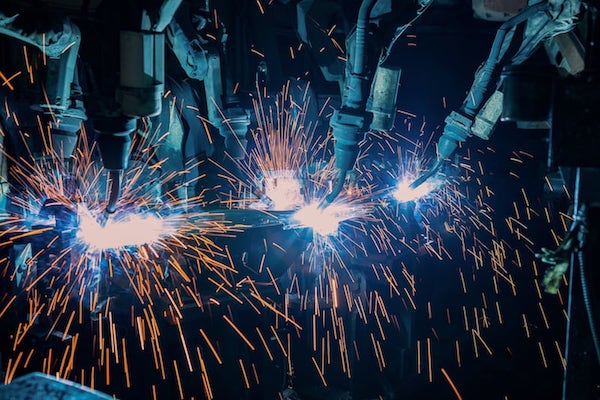Published on the 10/07/2024 | Written by Heather Wright

Data is key. But visibility is poor.
While local manufacturers say digital transformation is a strategic priority, around 40 percent of them say achieving it is fraught with obstacles, and the fully connected factory remains but a dream for most.
The 2024 Manufacturing Vision Survey, from vendor Zebra Technologies, shows achieving a fully connected factory remains an elusive goal for most manufacturers, though Australian and New Zealand organisations appear to be faring better, on average, than their global counterparts.
“Data is now the fuel that drives these manufacturers.”
Globally, just 16 percent of manufacturing leaders say they have real-time, work in progress monitoring across their entire manufacturing process, but in APAC that number climbs to 25 percent. (No figures for Australia and New Zealand specifically, were provided.)
Earlier this year Westpac NZ industry economist Paul Clark warned that New Zealand manufacturers were falling behind in adoption of digital technologies.
He urged manufacturers to invest in technologies that make their supply chains smarter, faster and more resilient.
“Data is key. Accurate, reliable and consistent data not only allows manufacturers to better communicate and deepen their relationships with suppliers and customers, it also ensures end-to-end visibility of supply chains and enables a shift towards highly flexible multi-dimensional supplier networks.”
Clark’s Westpac Industry Insight for Manufacturing in New Zealand says economic challenges mean manufacturers need to look to technologies to make their operations more resilient.
“The supply chain of the future needs to be agile, flexible, efficient, resilient and digitally networked for improved visibility.”
Much of that is achieved through digital technology – ranging from state-of-the-art software that facilitates better communications with suppliers and customers, to cloud computing for more efficient data storage and integration, AI tools to help make better decisions and robotics for automating processes.
“Data is now the fuel that drives these manufacturers.”
Industry IoT enabled devices and sensors enabling visibility of every part of the supply chain in real time are also part of the mix, the Industry Insight says.
“Today, that visibility needs to extend to their suppliers’ suppliers and their customers’ customers… According to several industry sources, what is important her is for manufacturers to have a clear understanding of all partners through the supply chain, and that includes the inter-reliance that might exist between these partners.”
Forward thinking manufacturers internationally are moving away from linear supply chains towards new tech-driven supplier networks with an ever increasing number of partners, and ‘just-in-case’ supply models with predictive analytics enabling detection of weak signals and better demand sensing to inform how much inventory should be held.
But the Manufacturing Vision report shows that there are many obstacles challenging manufacturers.
Key among those are issues scaling technology solutions and the convergence of information technology and operational technology.
While 63 percent of APAC manufacturing leaders expect to increase visibility across production and throughout the supply chain by 2029, 38 percent say getting IT and OT to agree on where to invest is a key barrier.
The majority also say they are struggling to keep up with the pace of technological innovation and to securely integrate devices, sensors and technologies across their facilities and supply chain.
Meanwhile, machine vision appears to be a key ambition for APAC manufacturers in the coming years, with 67 percent planning to deploy the technology within five years. Just 30 percent currently use machine vision across the plant floor.
The report comes as the Albanese government’s talk of bringing back a robust manufacturing sector in Australia puts the focus on technology to modernise the sector and rapidly scale Industry 4.0 capabilities to create the environment to support manufacturing growth – and the promised investment.
Last week the Future Made in Australia Bill, a major $22.7 billion industrial policy, was introduced to parliament. Pulling together previous efforts including the $15 billion National Reconstruction Fund and Solar Sunshot, along with some new projects into a single initiative, it’s intended to build manufacturing capabilities across all sectors.
While full details haven’t yet been disclosed, a $1 billion investment into building up a domestic solar panel manufacturing industry was announced in March.
One area manufacturers are looking at to drive growth is AI. Sixty-eight percent of APAC manufacturers say they expect AI to drive growth by 2029. Forty-six percent are expecting gains in 2024.
Robotics and RFID (radio frequency identification) were called out by 72 percent of APAC respondents as advanced technologies which they expect to implement in the next five years, while fixed industrial scanners were also in focus for 62 percent of respondents.



























